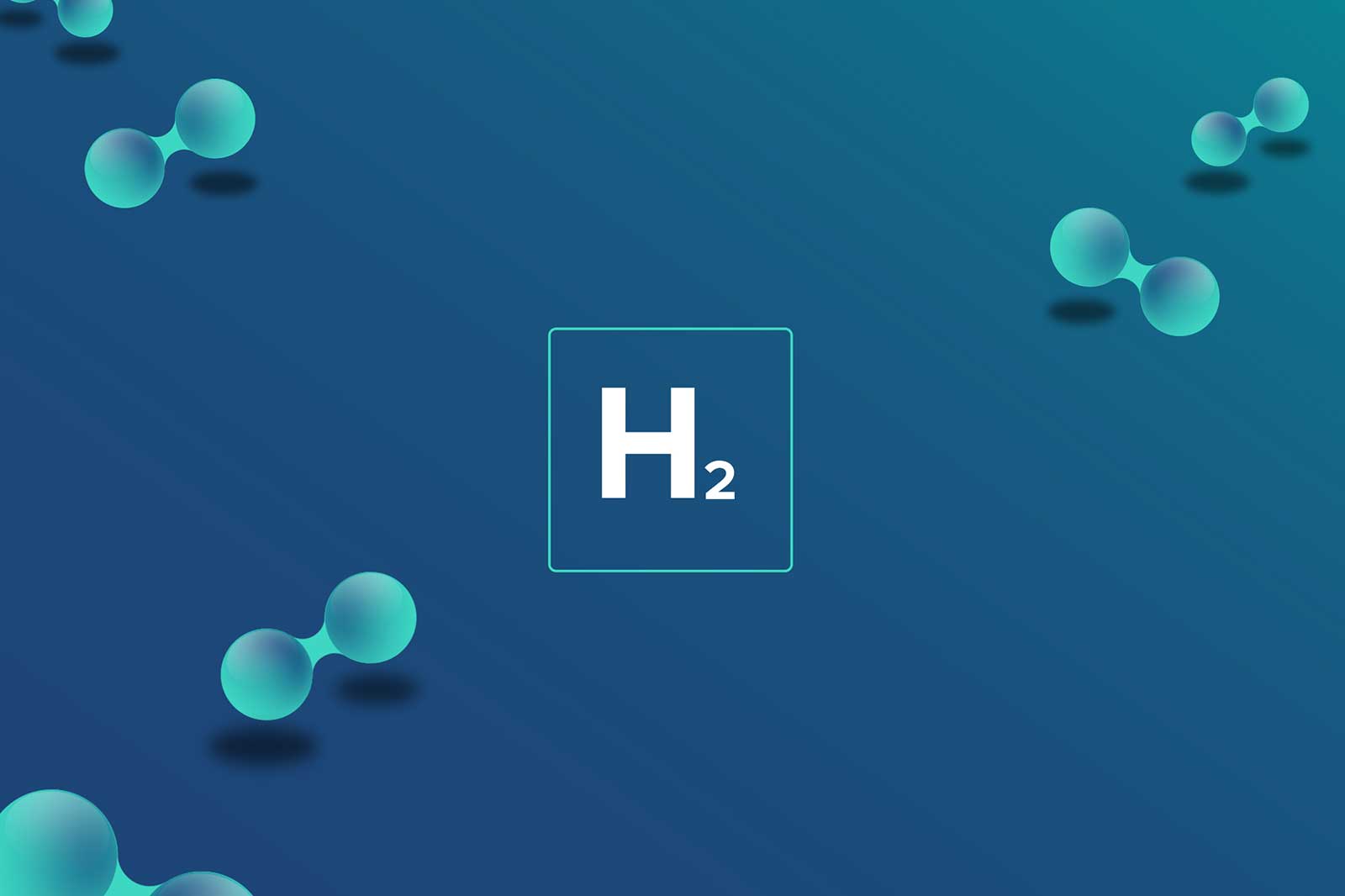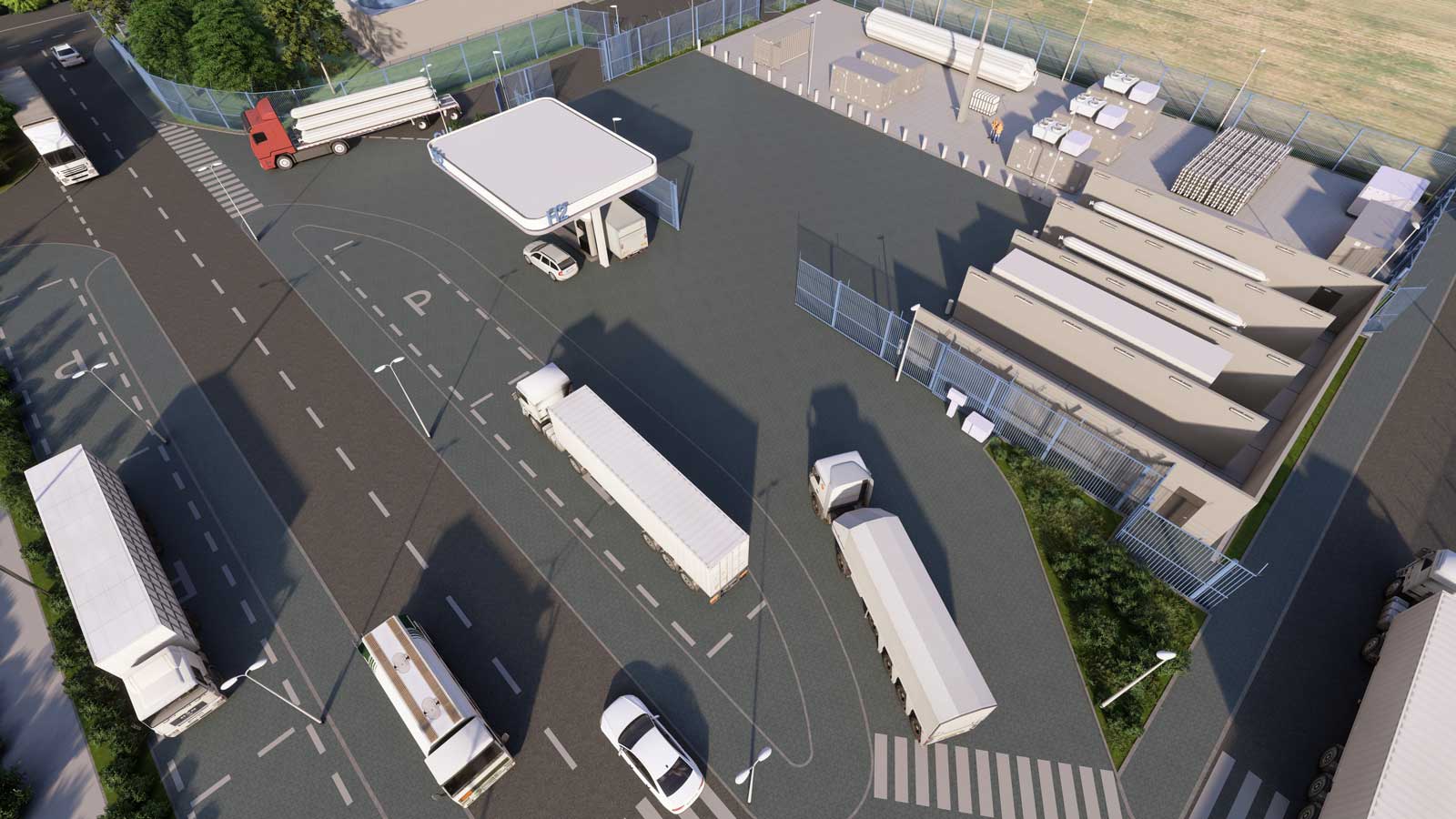H₂ pilot plant in Lingen
Starting signal for green hydrogen production in Lingen.


Hydrogen is a naturally occurring chemical element that can be found in almost unlimited quantities on Earth. It is one of the building blocks of our universe. It is 14 times lighter than air, can be combusted without producing any CO2 emissions and is not self-igniting, corrosive or radioactive. In order to use its energy content, however, this colourless and odourless gas first has to be separated off from hydrogen-rich compounds such as natural gas, biomass or water.
The separation process to obtain pure hydrogen makes use of chemical, electrical, thermal or solar energy.

Water electrolysis involves using electricity to break water down into hydrogen and oxygen. A system of colours indicates both the hydrogen production method as well as its carbon footprint: If the electricity produced by water electrolysis is sourced from renewables, such as wind or solar power, it is referred to as green hydrogen. Grey hydrogen is produced conventionally using natural gas. If the carbon emissions produced in the process are not released but captured and stored, it is referred to as blue hydrogen. Less common is turquoise hydrogen, which entails thermal separation of methane, creating solid carbon rather than climate-damaging carbon dioxide.
Fresh wind for hydrogen
Hydrogen plays a key role in the decarbonisation of energy-intensive sectors. In addition to reducing CO2 emissions in industrial processes, hydrogen could be used as a sustainable fuel in the transport sector and as a sustainable fuel for heat supply in the medium term.
The ever-increasing interlinking of potential applications – electricity and heat, transport and industry – is referred to as sector coupling.
Green hydrogen produced by regenerative energy in particular is considered a key technology in the drive for climate neutrality.


Together with partners from other sectors, companies and associations, RWE is currently pressing ahead with numerous green hydrogen projects in Europe. Find out where and how RWE is shaping progress in this area and setting the course for a climate-neutral hydrogen economy. A key example of this is the energy location Lingen, where several hydrogen projects are currently being realised.
RWE wants to support industrial and mobility businesses switch to green hydrogen. Therefore, RWE is going to be making the fuel available via hydrogen filling stations as well as hydrogen tank trucks and later via pipelines.
If you have any questions, please feel free to contact us directly.





We are happy to answer questions on hydrogen and our projects.